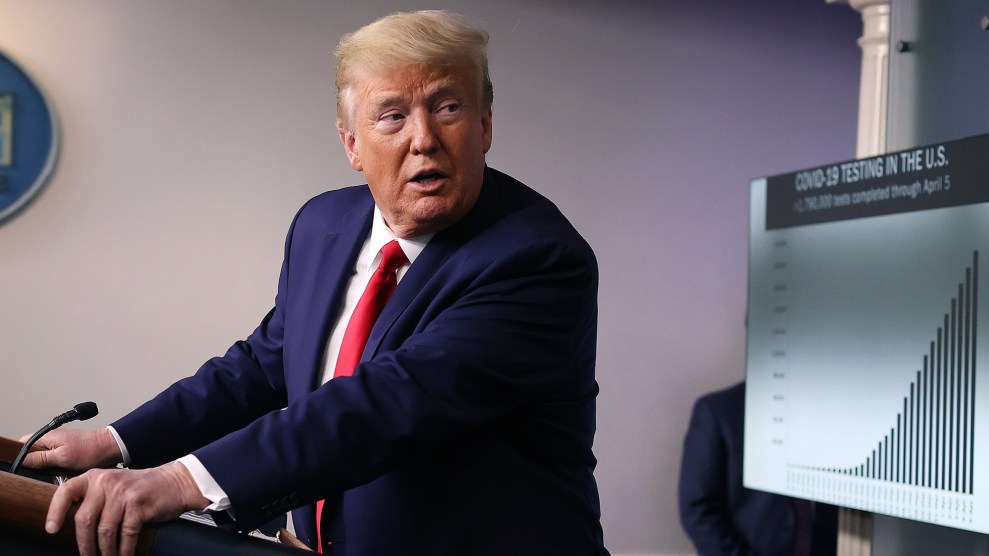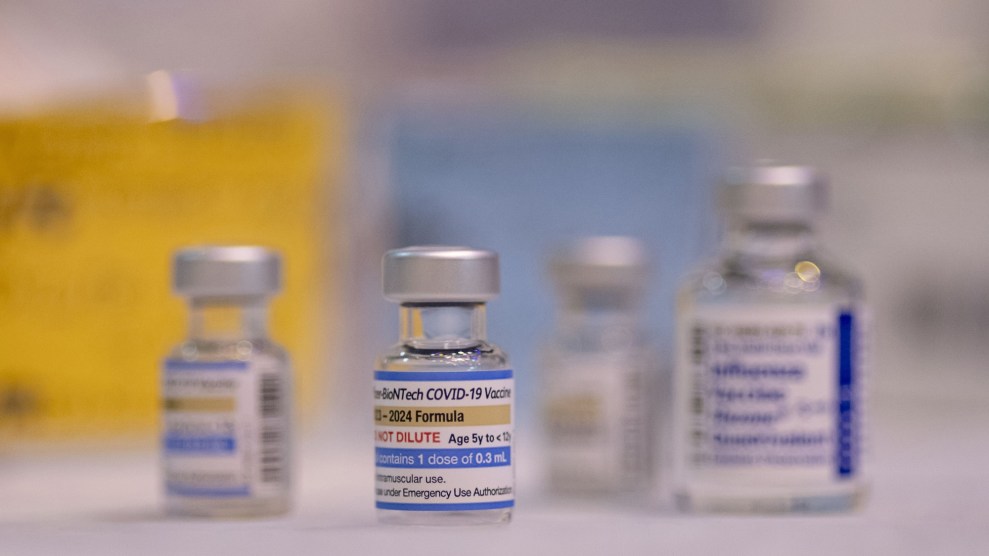President Trump, Republican governors, and right-wing protesters are antsy to lift social distancing guidelines and return to business as usual. But a new proposal for reopening the economy while protecting the public from the coronavirus shows just how far we have to go before we can safely return to something resembling normalcy. The “Roadmap to Pandemic Resilience,” issued yesterday by Harvard University’s Edmond J. Safra Center for Ethics, calls for massively scaling up testing, contact tracing, isolation, and quarantine before implementing a phased economic recovery. That’s a tall order, especially when you consider how little testing the United States is currently doing.
While we wait for a COVID-19 vaccine, the report’s authors write, we must rapidly ramp up testing if we want to reopen the economy sooner than later:
We need to deliver 5 million tests per day by early June to deliver a safe social reopening. This number will need to increase over time (ideally by late July) to 20 million a day to fully remobilize the economy. We acknowledge that even this number may not be high enough to protect public health.
But the United States is a very, very long way off from testing 20 million people a day—much less by late July. We are currently doing about 150,000 tests a day, and at the rate we’re currently going, we’ll be doing just 530,000 tests a day by the middle of summer.
To get a better sense of just how far we have to go, here’s that same data plotted next to the Harvard report’s recommendations.
The report’s authors acknowledge that their proposal is exceedingly ambitious. They say it would require the federal government to set up a Pandemic Testing Board to kickstart the production and administration of more tests, including setting up 30 “megalabs” to analyze results. Such a program, which they liken to the rapid expansion of arms production during World War II, would cost $15 billion per month. Without it, they estimate that the economy could remain shuttered for as long as 18 months, at a cost of trillions of dollars.
Beyond its logistical and financial demands, such a program would require the Trump administration to concede that it has not done nearly enough to expand coronavirus testing. On Meet the Press last weekend, Vice President Mike Pence claimed that “we have a sufficient amount of testing to meet the requirements of a phase one reopening” and said we could “be doing hundreds of thousands of more tests per day in a very short period”—if states stepped up to oversee more testing. The president—who had promised six weeks ago that “anybody that needs a test, gets a test”—insisted at yesterday’s White House briefing that “we’re in very good shape on testing and we’re getting better all the time.”


















